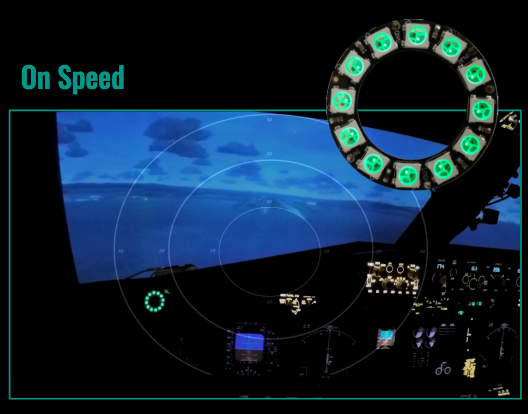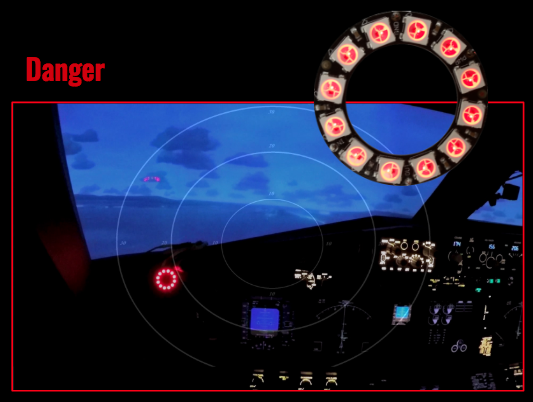Flagship Product
Q-Alpha Flight Energy Awareness Display
In response to calls from Government and Industry safety experts, Skov Aero is the first company to develop an effective energy state monitoring system that can reduce the rate of Approach/Landing and Loss of Control accidents in Business/Corporate and Commercial aviation. Q-Alpha is a highly effective low airspeed alerting system that can be installed in newly manufactured aircraft and easily retrofitted into existing aircraft.
The Q-Alpha display is simple but effective and unique in its ability to enhance aviation safety while reducing operational costs. It is specifically designed to enhance a pilot’s situational awareness in highly stressful and adverse situations when his/her ability to monitor energy state can be degraded and in situations when pilots are distracted and/or inattentive. It is also designed to be used as an emergency backup display when energy state information is not available due to system failures, sometimes caused by atmospheric effects.



Both the location of the q-alpha display and its display formats are unique. The location was selected so that the alerts can be seen by a pilot that is looking over the nose (as in a straight-in approach to a landing) or out the side window (as in a circling approach to a landing). Display formats were selected so that the alert can be instantly recognized and understood by a pilot without the need to look directly at the display.
The q-alpha Display has 3 operational modes:
- Stable Approach Monitor - for the Approach, Landing and Go-Around phases of flight
- Low Airspeed Alerting - for the Climb, Cruise and Descent phases of flight
- Autonomous/Synthetic Airspeed - when onboard sources of airspeed are lost
Why It's More Effective
The Q-Alpha system gets its name from its use of both dynamic pressure (which includes airspeed squared and density altitude) and angle of attack to set alerting thresholds. Because we use both measures, our alerting thresholds can be set at higher airspeeds than existing low airspeed alerting systems. This allows pilots more time to take corrective action. The 'industry standard' low airspeed alerting system, the so-called 'Amber Band', uses only angle of attack. The Amber Band was installed in the Asiana B777 aircraft that crashed in SFO in 2013.
Importantly, our earlier alerts do not generate false alarms or nuisance alerts. In the Asiana accident, the low airspeed alerting system in the 777 gave its first alert at 114 knots, just 11 seconds prior to impact with the sea wall. Our system would have provided its first alert at 132 knots, a full 30 seconds prior to impact. An easy recovery would have been possible.


